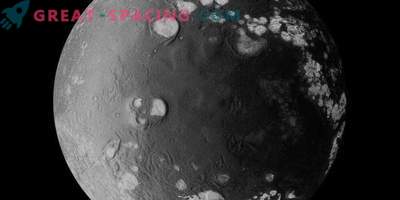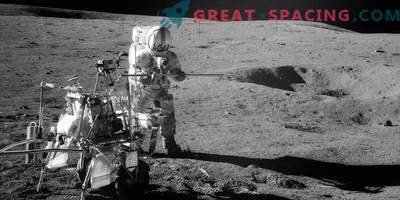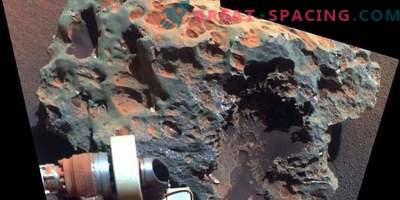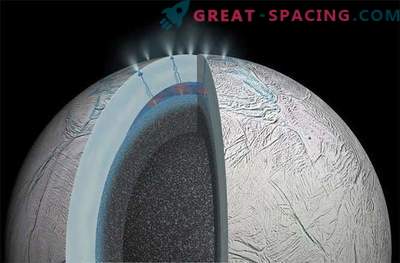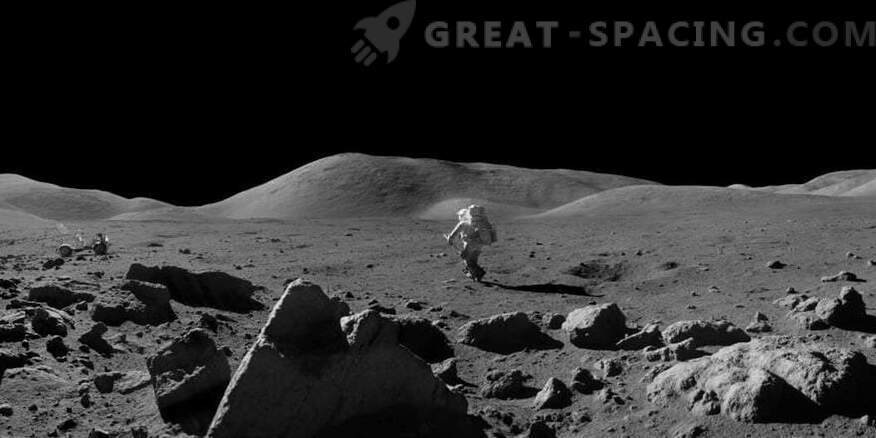
A new study shows that the internal composition of an earth satellite is dry. The level of lunar humidity is extremely important, because the amount of water and other volatile elements helps to understand the process of forming a satellite.
If the moon is dry, as believed the last half century, then we can assume the story with a blow is correct. Conclusions suggest that it was incredibly hot at the moment of its formation. The temperature was so high that water and other compounds, like zinc, evaporated.
For the analysis, they took part of the “Rusty Rock”, which was obtained in 1972 by the Apollo 16 mission.
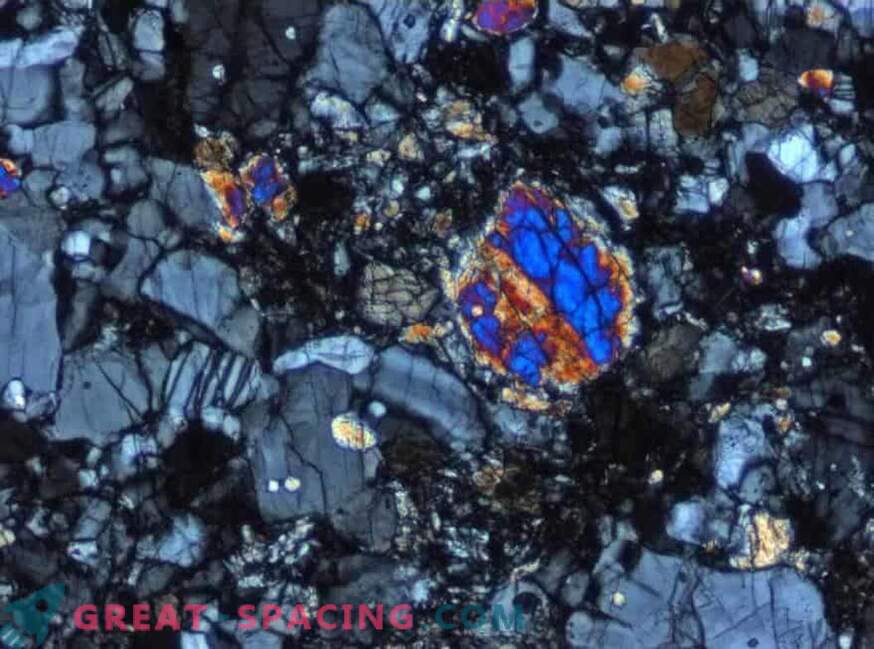
Part of “Grow Rocks”. Gray minerals are grains of plagioclase, while colored minerals are pyroxene grains.
It is the only specimen on Earth that shows signs of rust on its outer surface. This confused scientists, because the process affects the water, but where did it come from? Some thought it was the influence of our planet, but researchers found that stone and rust were moonlight. The conclusions of the analyzes are even stranger. It turns out that the satellite inside is dry and that is what leads to the wet rock. Rust is created by lighter isotopes of zinc, which evaporate when attenuated. Zinc is a volatile element, so it behaves like water under lunar formation conditions.
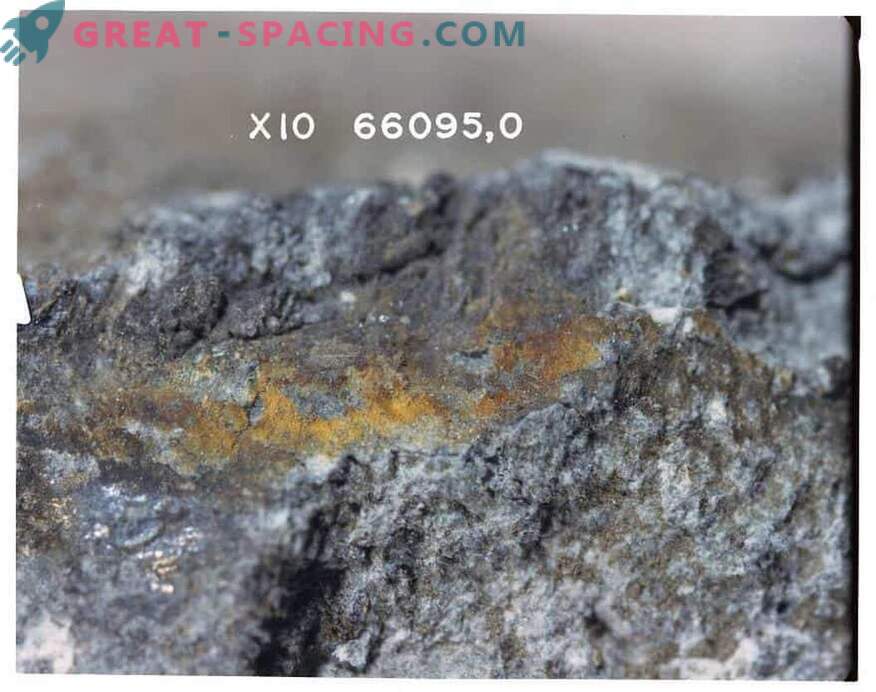
Close-up of metal salts on the surface of 66095. Notice how the colored salts appear.
It is also believed that there must be many heavy isotopes inside. But recently there have been contradictory results. The analysis of July 24 on glass deposits on the contrary hints at high humidity. But scientists are still skeptical of these findings, because the researchers did not consider the mechanism of formation.
